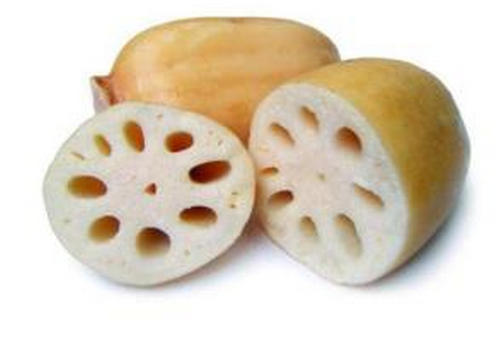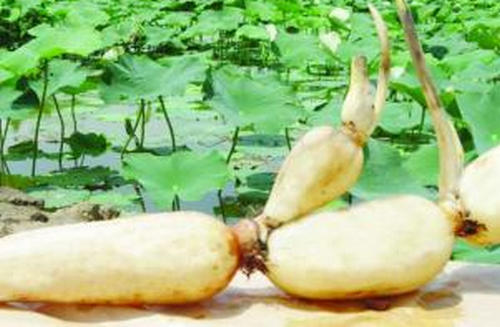After the beginning of autumn, it began to enter the tonic season again. Some people are used to animal food. In fact, some vegetarians are as nutritious and nourishing as meat food. Lotus root is an ideal vegetarian. So, how about eating lotus root in autumn? What are the benefits of eating lotus root in autumn? Now please join Xiaobian to have a look
The benefits of eating lotus root in autumn
Hypoglycemic, lipid-lowering and intestinal benefit
Lotus root is rich in dietary fiber but not high in calories, so it can control body weight, help reduce blood glucose and cholesterol levels, promote intestinal peristalsis, and prevent constipation and hemorrhoids. Fresh lotus root ginger juice can also treat intestinal inflammation.
Anti aging, cancer prevention and vitamin C.
Lotus root sugar content is not very high, but contains high vitamin C, for liver disease, constipation, diabetes and other patients are very useful. Lotus root is also rich in polyphenols, which can improve immunity, alleviate the aging process and prevent cancer.

Pain relief, decompression and heart protection
Lotus root is rich in B vitamins (especially vitamin B6). B vitamins are beneficial to reduce irritability, relieve headache and stress, improve mood and reduce the risk of heart disease.
Replenish blood, benefit the mind and help digestion.
Fresh lotus root is rich in trace elements such as copper, iron, potassium, zinc, magnesium and manganese. In tuber foods, lotus root has high iron content, so it is most suitable for people with iron deficiency anemia to eat lotus root. A variety of trace elements in lotus root are beneficial to the production of red blood cells and maintain the normal work of muscles and nerves. In addition, these nutrients also help secrete digestive enzymes and improve digestion.

Stabilize heart rate and reduce blood pressure
The ratio of sodium to potassium in lotus root is 1 ∶ 5. Less sodium and more potassium are beneficial to regulating blood pressure and heart rate, heart and general health.
Supplement vitamin K to prevent bleeding
Lotus root is rich in vitamin K, which has hemostatic effect. Drink the juice of fresh lotus root to help prevent bleeding.

Dispelling phlegm, relieving cough and preventing asthma
Fresh lotus root juice can also be used to treat respiratory diseases such as cough, asthma and pneumonia. Hot lotus root tea has the effect of antitussive and expectorant.
How can lotus root be cooked without discoloration
When selecting lotus roots, it is generally better to choose white, fresh and tender ones. Lotus roots are divided into two kinds: Crispy ones, noodles and powder ones. Crispy lotus roots are suitable for frying, and noodles are suitable for soup. It is best to eat lotus root as soon as possible after it is cooked.
In addition, there are some tips to keep the lotus root from fading. Add some white vinegar to the clean water to wash the lotus root, soak the lotus root in the vinegar water for a while, or put some salt in the water and blanch the lotus root with light salt water.
If you can't cut and fry now, put the lotus root into the water after cutting, but the time in the water should not be too long. When frying, pick up the lotus root, and the water can analyze the starch. In this way, the fried lotus root is white, crisp and tender, and too much starch will affect the brittleness and color of food. Don't fry lotus root in an iron pot. If you choose an aluminum pot, the color won't be black. Fried lotus root silk is best matched with some shredded green pepper, crisp and refreshing.










